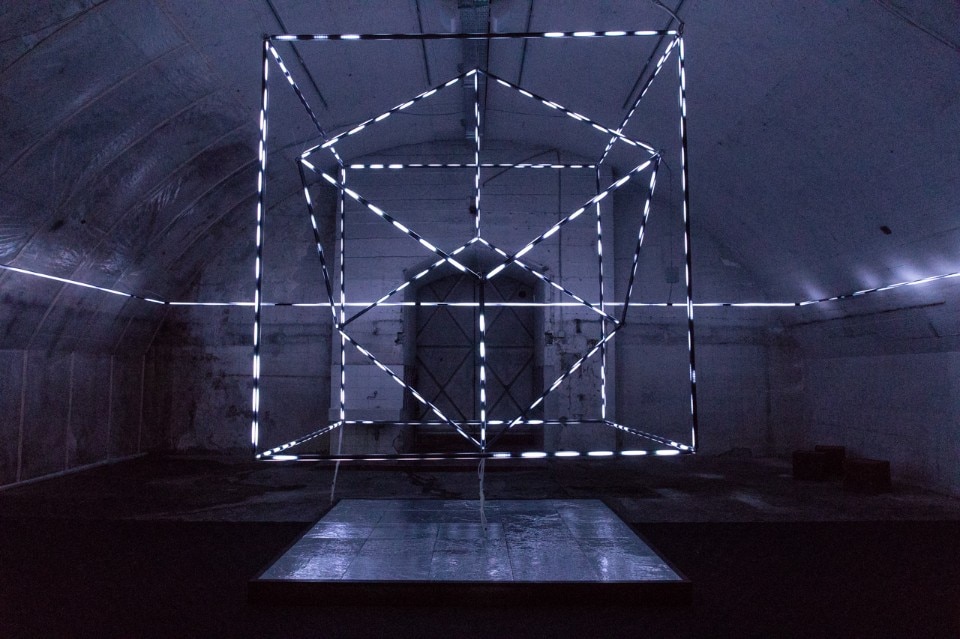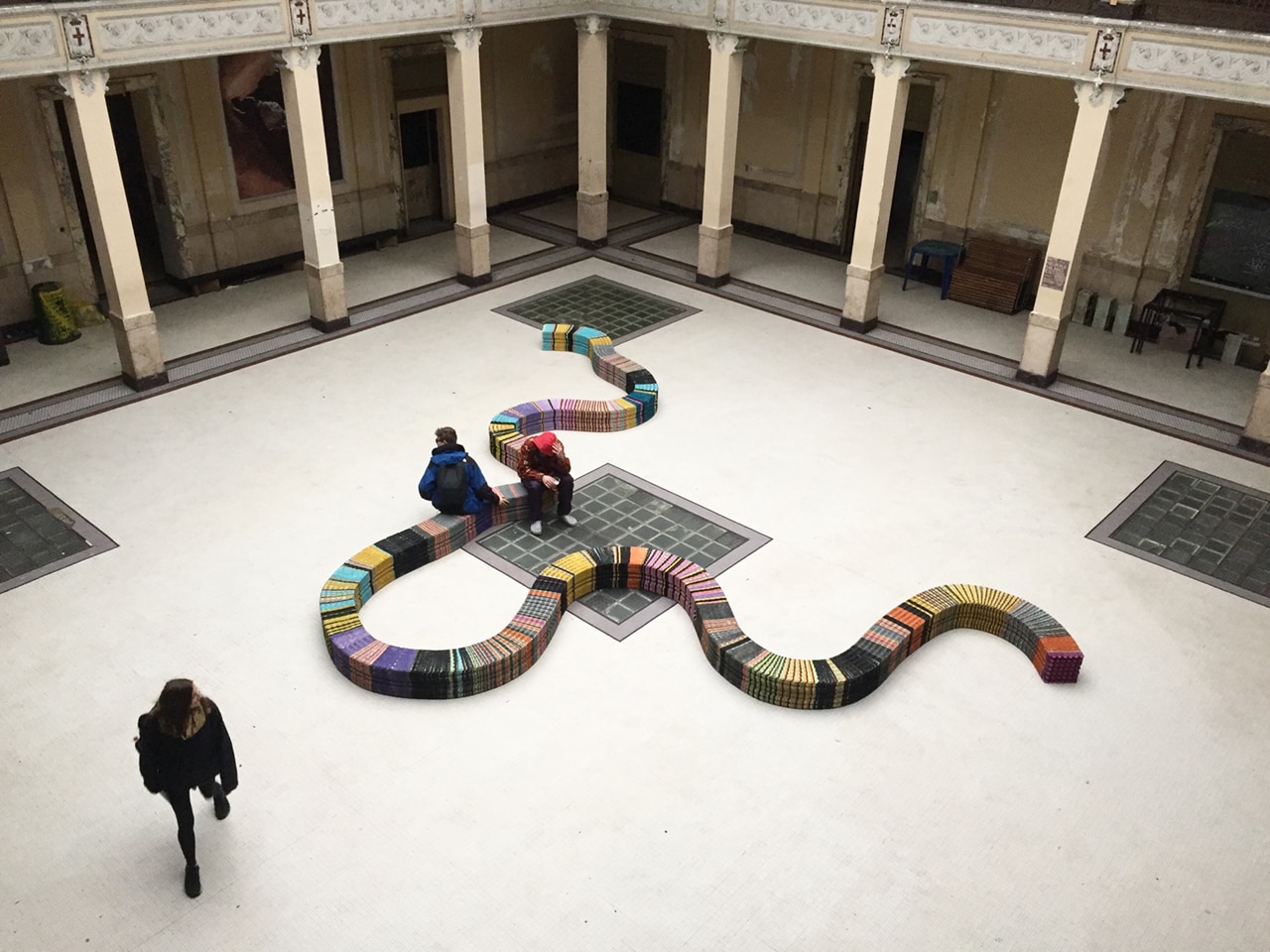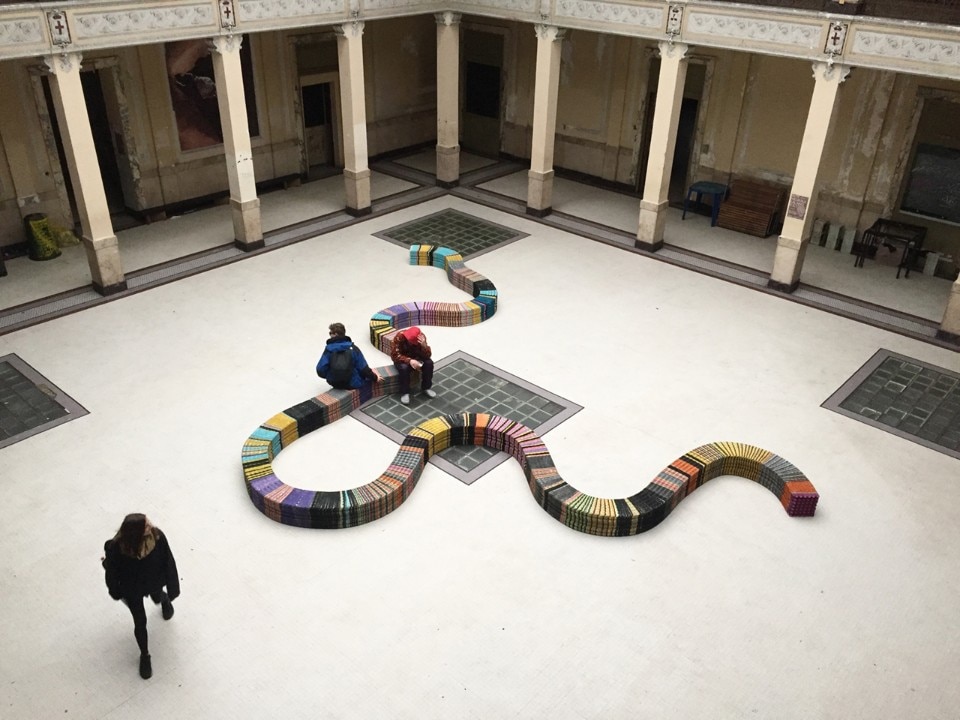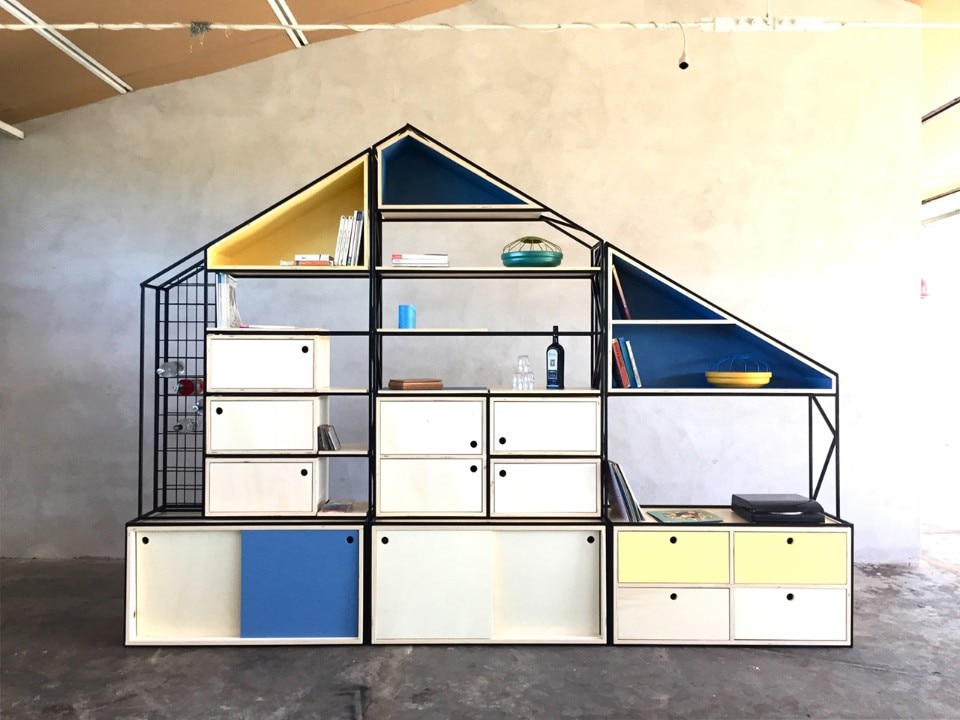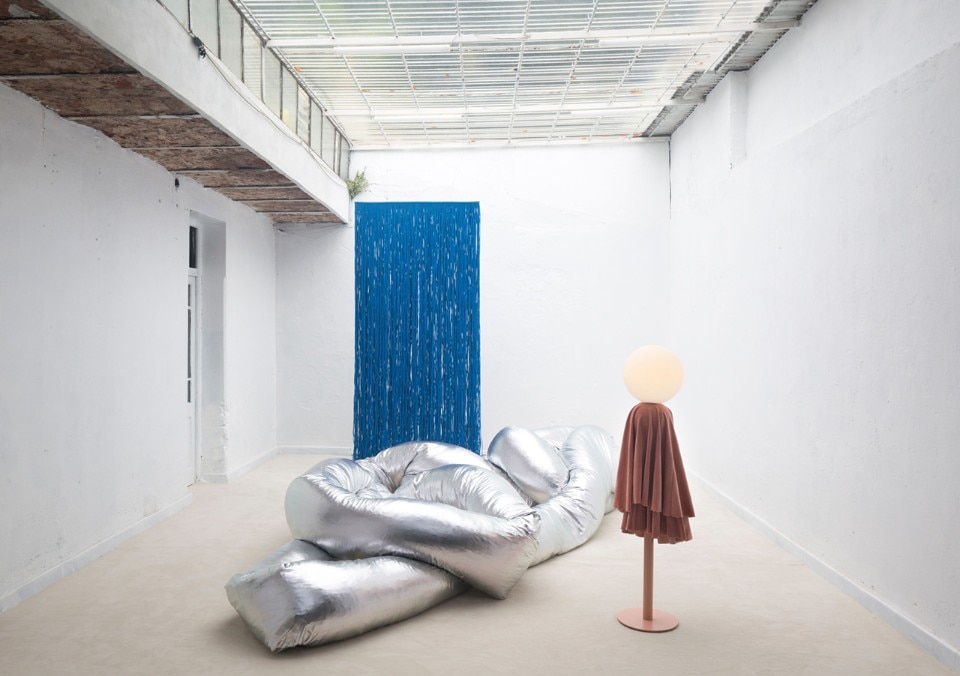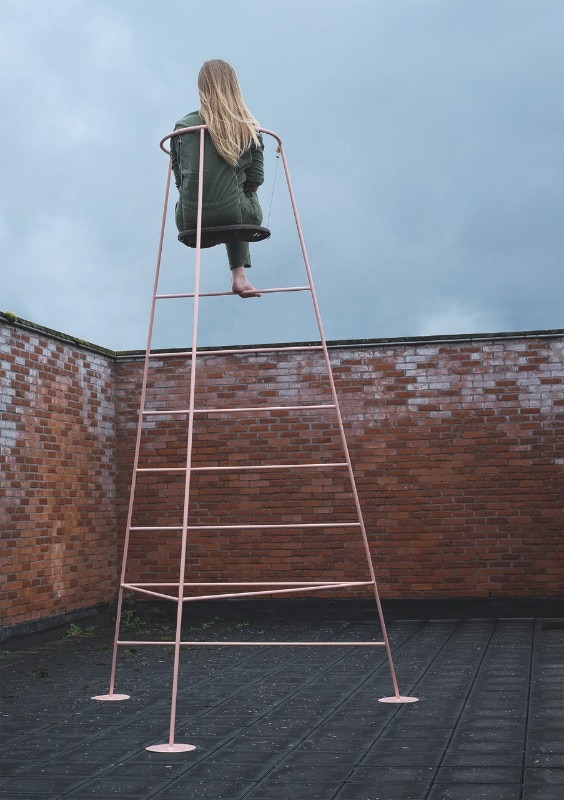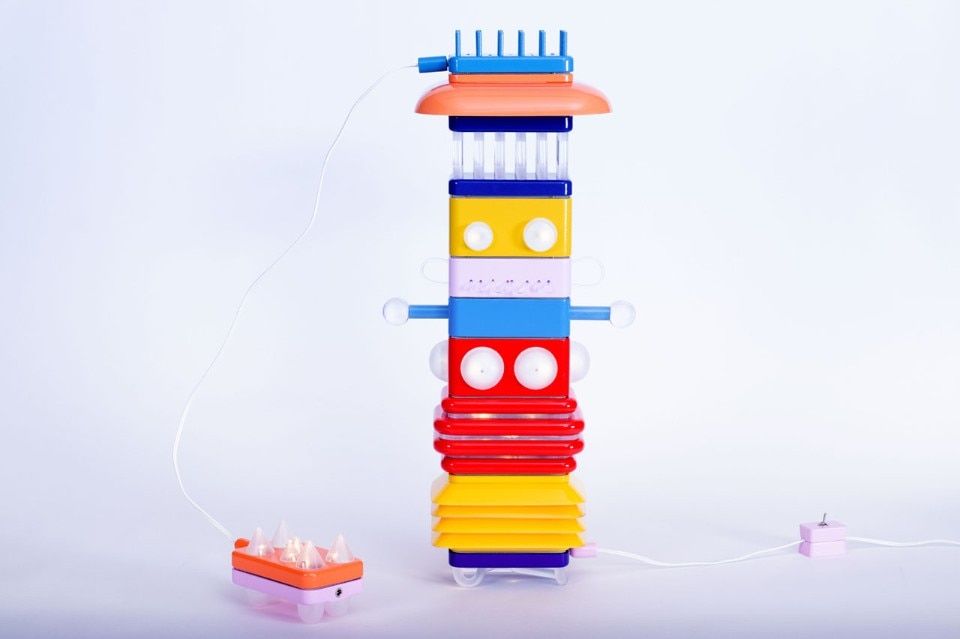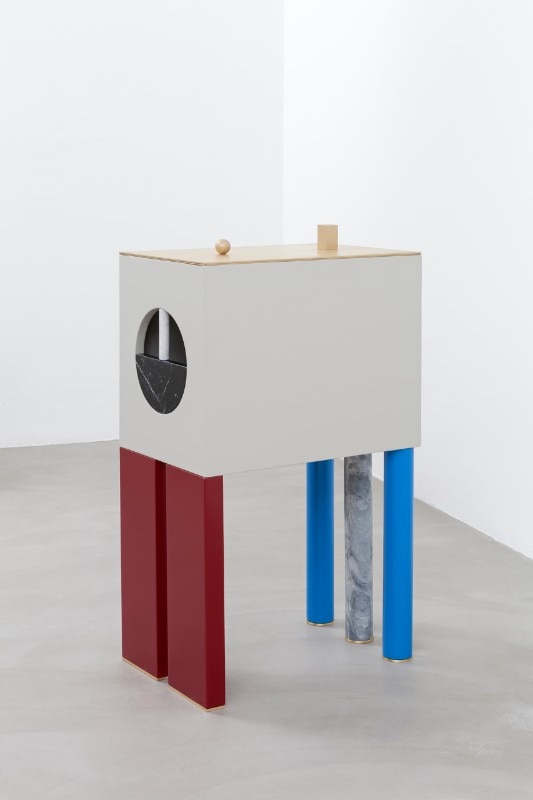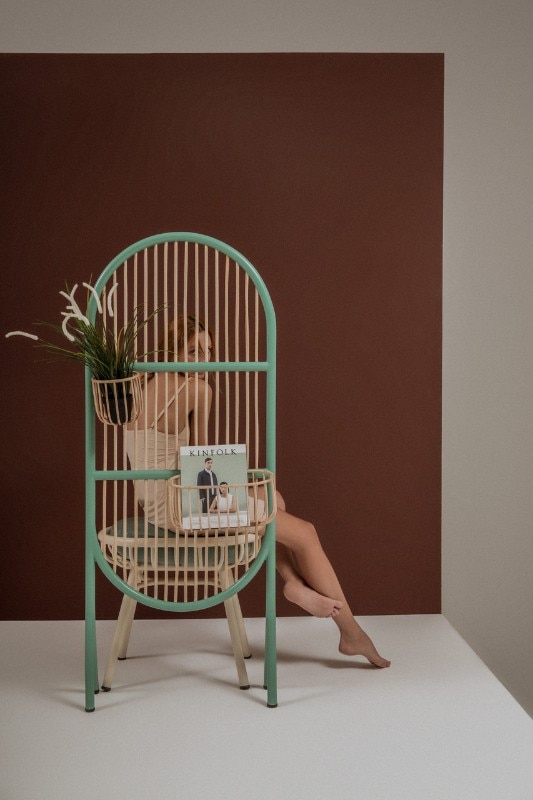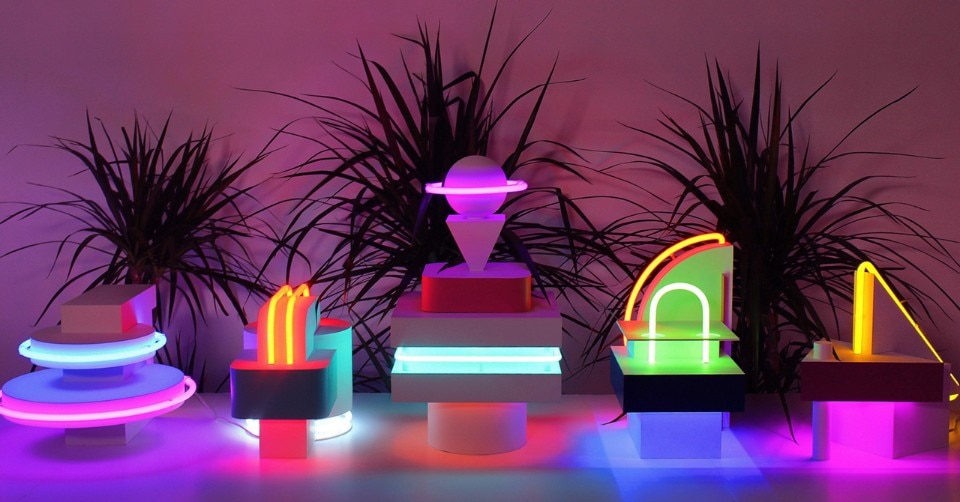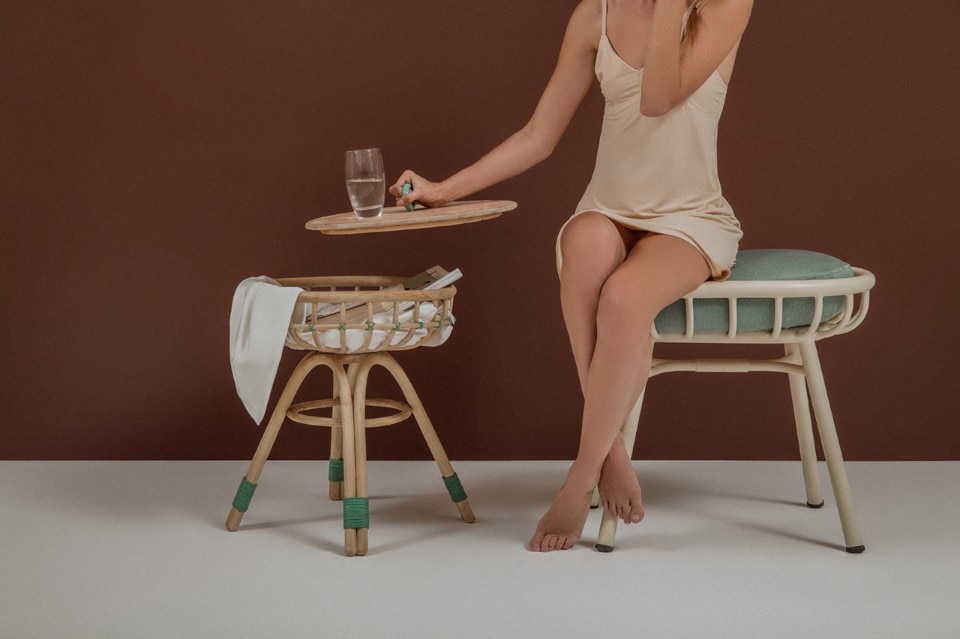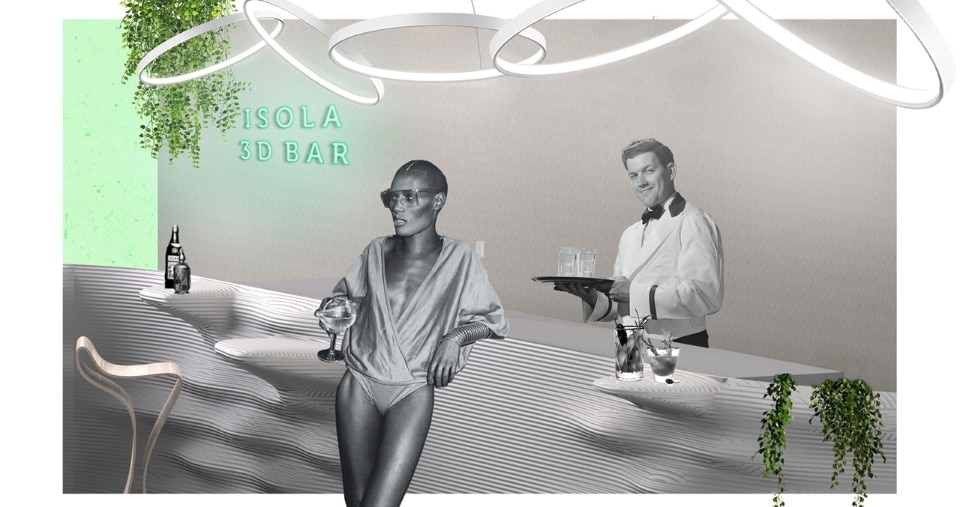2020 will be a year without Design Week. In an excited and generative world that – at times – swings from enthusiastic to chaotic, hubs of communication have focused on opening new channels and creating feasible models of remote communication.
Learning from those who have been following this path for some time, such as Netflix or the educational platform TED, Studiolabo has gone back to its roots: Fuorisalone.it. Taking its cue from a project that was created twenty years ago and that represents the foundation of a certain way of perceiving Design Week, Paolo Casati has focused on digital, inventing a multi-task platform that has seen the sector converting to the generation of delocalised content. Video is obviously the natural alternative. It is quick, absorbing and totally planned. “Designers who, until a few months ago, were undisputed creators of brand content and identity are now working alongside directors and video-makers. Their new role? A short, accessible and rapid presentation; the result of cross-sector skills”, commented Paolo Casati, the founder of Studiolabo.
The combination of the physical and the digital is no substitute for reality, but at times it augments it
The digital edition of the Fuorisalone.it Design Week is evidence of the sector’s desire to come out of the disconcerting silence of the lockdown. It is a leap in the dark, but there is evident excitement and enthusiasm. Numerous, unexpected, and at times naïve, the videos from the platform created by Studiolabo are the absolute beginner responses to the need to once again discuss and create relations with the world. Design needs connections, opportunities for growth, and exchange. It is therefore not at all unusual to get involved and adapt to a new communicative environment, one that provides for live content, releases on a daily and even hourly basis, webinars and business meetings via Meet. These activities can be supported by more detailed studies, interviews, documentaries and dedicated content created with schools and associations, with commercial aspects covered by local platforms on the channels most popular in the Orient. Can virtual be considered a feasible option despite a general level of inexperience and the simplicity of instruments? “It is a historic moment”, says Casati. “Companies are adapting to a model that demands a different, more sophisticated and immersive form of content production”. Corporate websites designed like films, local events that connect to a theoretically infinite audience, interactions set up to amplify messages, and locations that transform into digital sets, with cameras, microphones and audio-video directing. “We predict a raid evolution towards a cross-media and cross-browser mentality, with a parcelling of content for different digital supports and environments”.
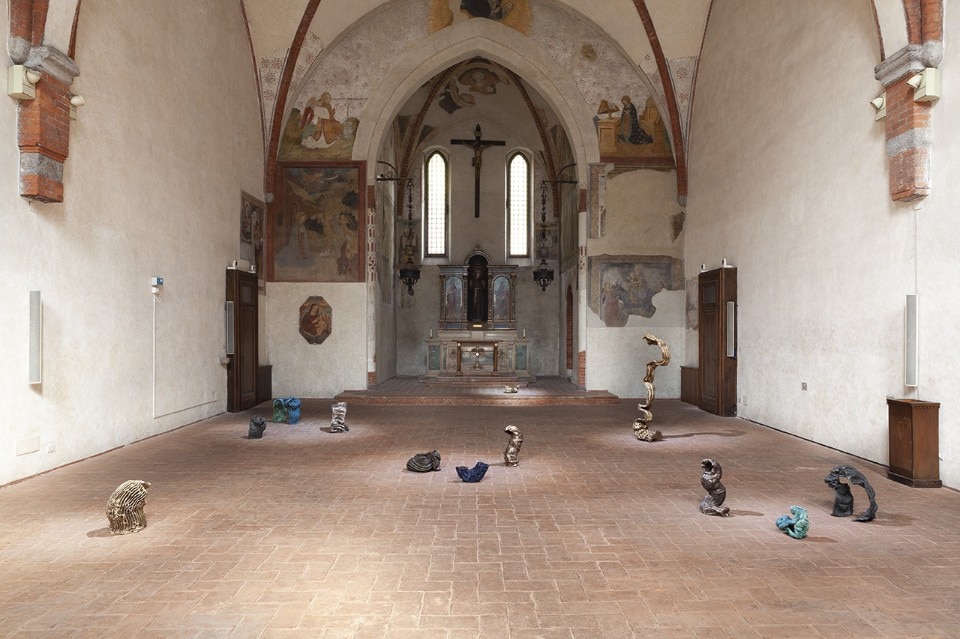
What about human interaction? Everything is still to be designed, without losing sight of gaming and virtual worlds
Will this be enough to qualify an epic transition as successful? “The passage is never spontaneous”, explains Chiara Diana, executive design director at Frog Design. “We are studying what has been going on over recent months, we are talking to companies and trying to gather experiences and opinions. One thing is certain: digital channels cannot substitute the generative capacity of a face-to-face meeting, something that is collateral to an event and unplanned”. It is a problem of pre-verbal communication, the reading of a code that has more to do with the body than the mind. Informal conversations and casual encounters, which are the innovative heart of an important collective event, cannot be reproduced virtually. Chiara Diana continues: “It is a digital dimension, an environment in which messages can be exchanged, in which the physical aspect acquires a wider dimension. But it is not a form of relating, because an examination of virtual experiences takes us into a totally different context. What is lacking is the foundation of trust and depth that legitimises design”. The recording of video content and events however has a great advantage. It historicises and archives. It provides the possibility of seeing the very idea itself of memory evolve, rendering it accessible at any moment, to the extent that Paolo Casati is already imagining on-demand channels, thematic search engines and preference lists. “However, there is a risk of a vaguely distorted form of use”, reflects Chiara Diana. “I refer for example of TED talks watched at increased speed, cognitive multitasking or the existence of parallel messages. I don’t think that this is the most constructive path to take”. However, there is no going back. The transformative impact of the last few months has led to the adoption of a new way of communicating.
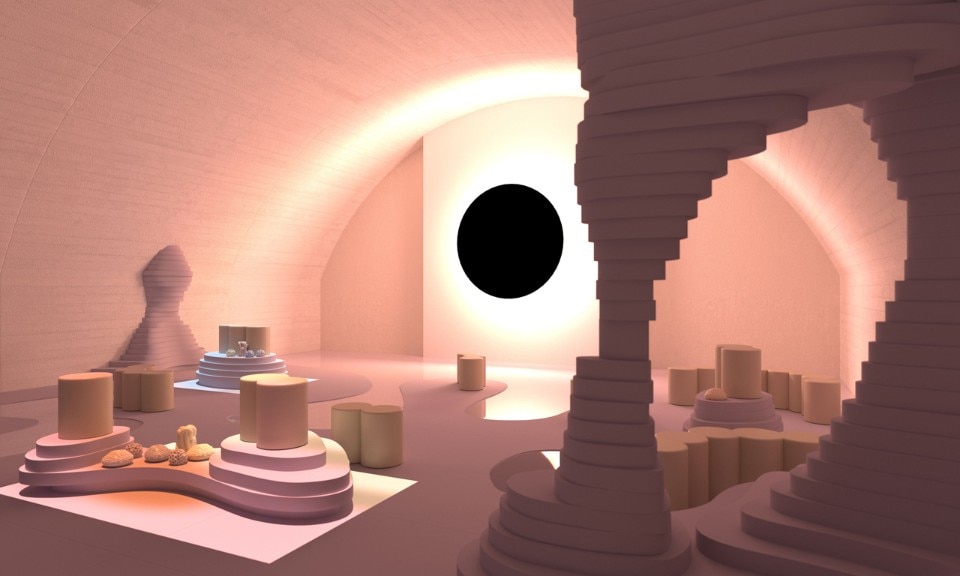
Once there was telematic art, now we have the designing of parallel human environments
Maria Grazia Mattei, founder and president of MEET, the digital culture centre set up by the Cariplo Foundation, has an alternative proposal. “Digital is a cultural theme, which needs to be metabolised by entire societies in order for it to be able to have an impact on use and the frequenting of virtual environments. However, there is no lack of examples. The art world has been exploring remote experiences and interaction since the Seventies. This is the type of creativity that needs to be examined if we want to understand which direction to take”. Virtual spaces bring together and connect millions of people. One only has to consider the world of gaming, events organised on Fortnite, or Second Life, which has become a venue for global conferences. According to Maria Grazia Mattei, the word “virtual” can and must be used, as it concerns production for an immaterial dimension that is a hybrid of physical reality. “It is a cognitive transformation; it will take time. But when we examine the dimension and the opportunities offered by virtual, when we examine its confines, we cannot ignore the fact that there are already virtual worlds frequented by a multitude of people”. The keywords for best practices in a digital environment? Translocal, digital sensitivity, sensoriality, virtual proxemics. There is still a lot to be done, but there is nothing stopping us from making the passage from online to onlife, as theorised by the philosopher Luciano Floridi. It will be interesting to see what will happen during the Design Days planned for the Autumn, with a return to the physical event that will, most likely, be characterised by dimensions and practices that differ totally from the past.
Opening image: Ventura Centrale 2029, Milan Design Week 2019, via Ferrante Aporti 9, Milano. Photo Henrik Blomqvist


